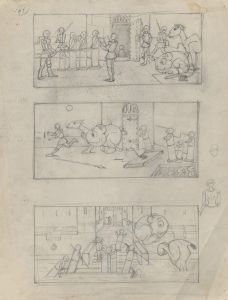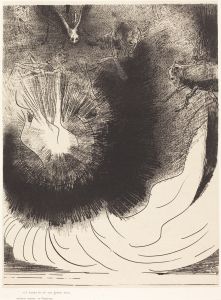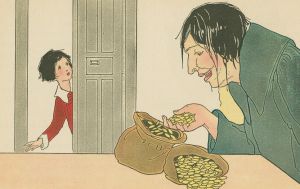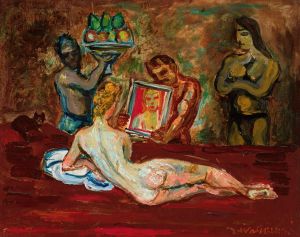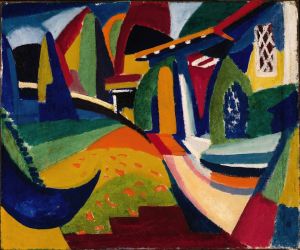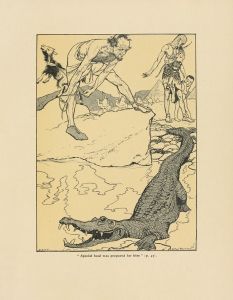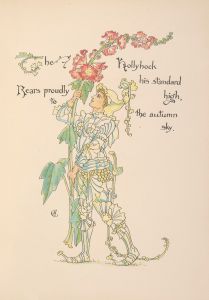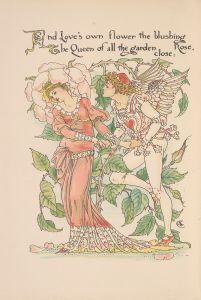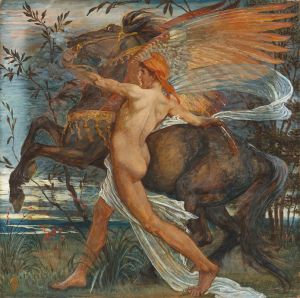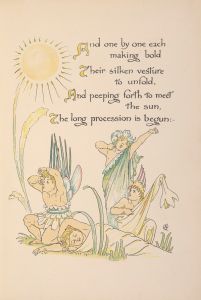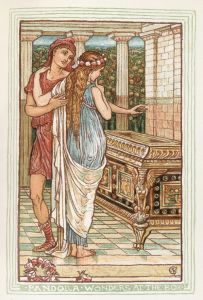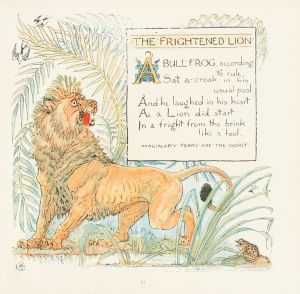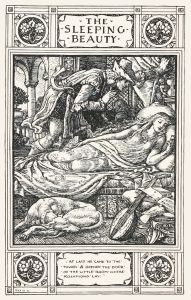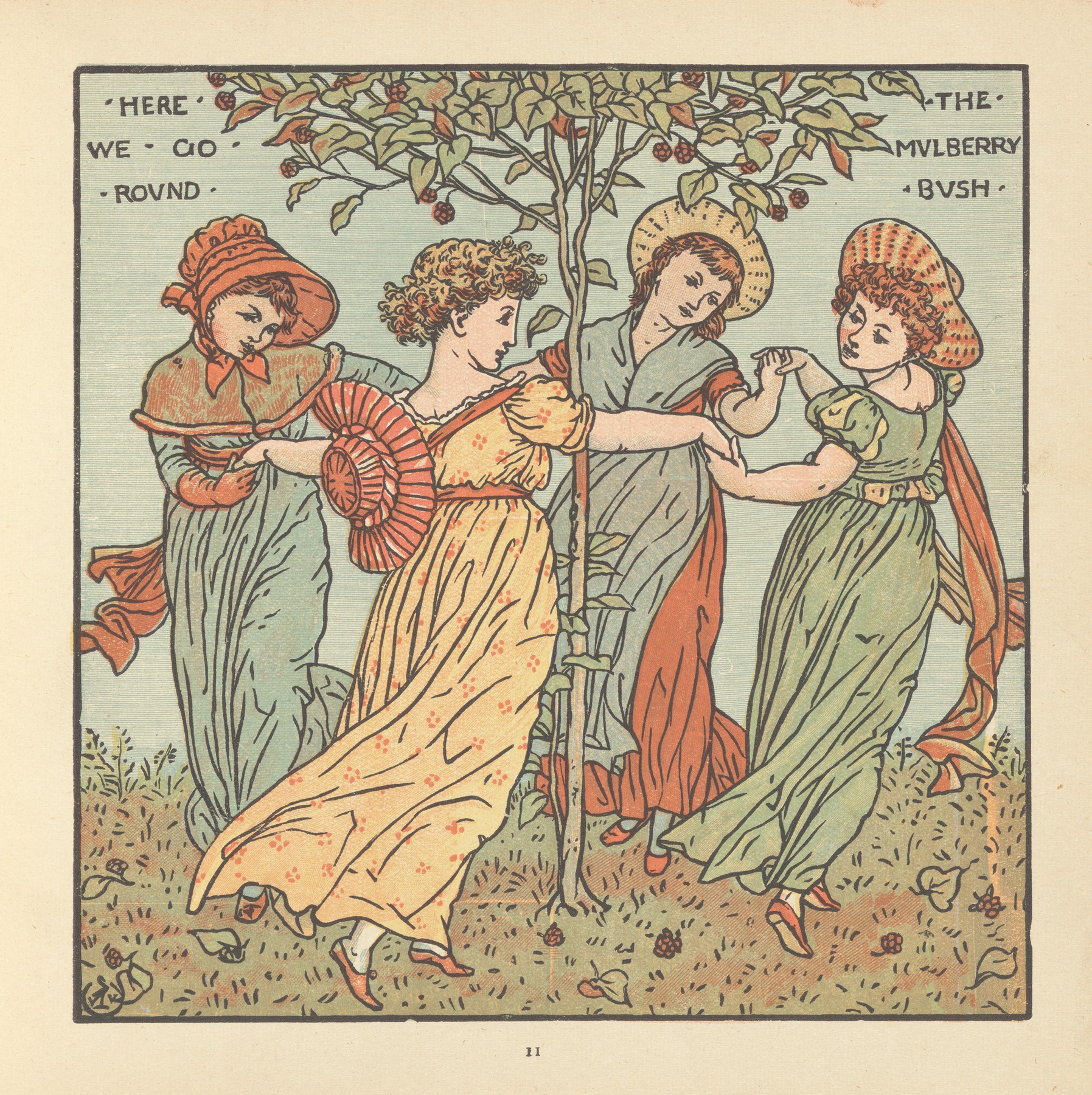
The Mulberry Bush
A hand-painted replica of Walter Crane’s masterpiece The Mulberry Bush, meticulously crafted by professional artists to capture the true essence of the original. Each piece is created with museum-quality canvas and rare mineral pigments, carefully painted by experienced artists with delicate brushstrokes and rich, layered colors to perfectly recreate the texture of the original artwork. Unlike machine-printed reproductions, this hand-painted version brings the painting to life, infused with the artist’s emotions and skill in every stroke. Whether for personal collection or home decoration, it instantly elevates the artistic atmosphere of any space.
"The Mulberry Bush" is a painting by Walter Crane, an English artist and book illustrator known for his contributions to the Arts and Crafts Movement. Born on August 15, 1845, Crane was a prominent figure in the late 19th and early 20th centuries, celebrated for his work in children's books, decorative arts, and socialist political cartoons.
Walter Crane's artistic style was heavily influenced by the Pre-Raphaelite Brotherhood and the Aesthetic Movement. He was a master of combining intricate detail with vibrant colors, often drawing inspiration from nature, mythology, and folklore. His work is characterized by its ornate and decorative qualities, which made him a key figure in the development of children's book illustrations.
"The Mulberry Bush" is one of Crane's notable works, though specific details about the painting's creation, such as the exact date, are not well-documented. The painting is believed to be inspired by the traditional English nursery rhyme "Here We Go Round the Mulberry Bush," which dates back to the 19th century. This rhyme, often accompanied by a children's game, describes various daily activities performed around a mulberry bush.
In "The Mulberry Bush," Crane employs his signature style, blending detailed line work with rich, harmonious colors. The painting likely depicts children engaging in the activities described in the nursery rhyme, capturing the innocence and joy of childhood. Crane's ability to convey movement and emotion through his illustrations is evident in this work, making it a charming and enduring piece.
Walter Crane's contributions to art and illustration extend beyond "The Mulberry Bush." He was a prolific illustrator of children's books, creating iconic images for classic tales such as "The Baby's Opera" (1877) and "The Baby's Bouquet" (1878). His work in these books set a high standard for children's literature, combining educational content with artistic beauty.
Crane was also deeply involved in the Arts and Crafts Movement, which sought to revive traditional craftsmanship and promote the decorative arts as a response to the industrialization of the 19th century. He collaborated with other prominent figures of the movement, including William Morris, and contributed to the design of textiles, wallpapers, and ceramics.
In addition to his artistic endeavors, Crane was an active socialist and used his art to support political causes. He created numerous political cartoons and posters advocating for social justice, workers' rights, and anti-imperialism. His political beliefs were intertwined with his artistic philosophy, emphasizing the importance of beauty and creativity in everyday life.
Walter Crane's legacy endures through his extensive body of work, which continues to inspire artists and illustrators today. "The Mulberry Bush" remains a testament to his skill and creativity, capturing the timeless charm of a beloved nursery rhyme through his distinctive artistic vision.





